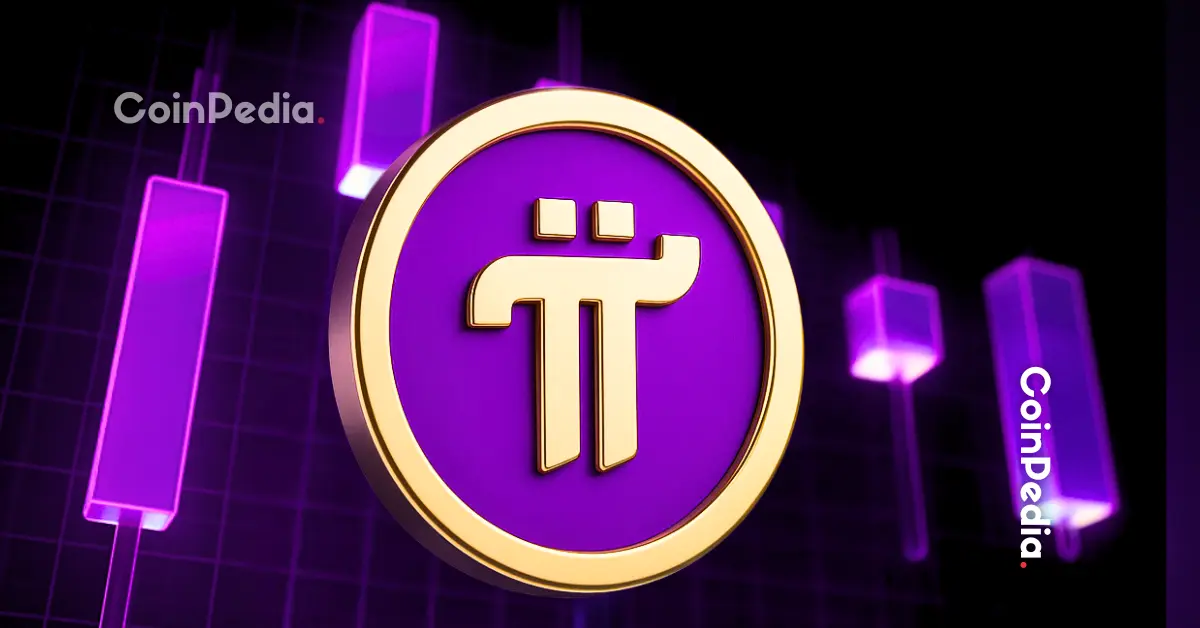The Pi Network is at a crossroads as it seeks to clarify its direction in a volatile cryptocurrency market. Once heralded as a community-driven initiative aiming for a decentralized digital currency, the project now grapples with confusion among its user base. Many users are turning to unofficial sources for guidance, leading to misunderstandings about the network’s operations and future.
A recent document, referred to as the “GCV handbook,” claims that 1 Pi token is valued at an astonishing $314,159 and suggests the existence of two distinct Pi tokens for different transaction purposes. This assertion has been met with skepticism from experts. According to renowned cryptocurrency analyst Dr. Altcoin, “There is no such thing as a dual value using the same ticker like Pi.” He further elaborated that established dual-token systems, such as InterLink’s ITLG and ITL, utilize separate tickers to provide clarity and functionality.
In light of these misconceptions, the Pi Core Team (PCT) is exploring legitimate avenues for growth. Two primary strategies have emerged:
Integration of Real-World Assets
The Pi Network is considering adopting the ERC-3643 standard, which would facilitate the tokenization of real-world assets on its blockchain. This integration is likely to necessitate the introduction of a stablecoin, tentatively named PiUSD, to ensure value stability during transactions. By aligning itself with real-world assets, Pi aims to enhance its credibility and usability within the broader financial ecosystem.
Collaboration with OpenMind
In a bid to harness the potential of its unused nodes, the Pi Network has partnered with OpenMind. This collaboration aims to support decentralized robotic systems, where Pi’s resources can be utilized effectively. Again, a stablecoin like PiUSD could play a pivotal role in facilitating payments within this emerging framework.
Despite the promising developments, analysts caution that it may take years for Pi to achieve full ecosystem maturity. If the Pi Network successfully implements a dual-token model similar to that employed by XRP, which recently introduced RLUSD as a complementary stablecoin, it could transition to a more stable economic structure. Such a model would differentiate between Pi as a utility token and PiUSD as a stable asset, thereby reducing speculation and enhancing structural integrity.
As Pi Network navigates these complex changes, its ability to clarify its offerings and effectively communicate with its community will be crucial. The future of Pi could hinge on its capacity to transform confusion into a cohesive, stable economic presence in the cryptocurrency landscape.








































































